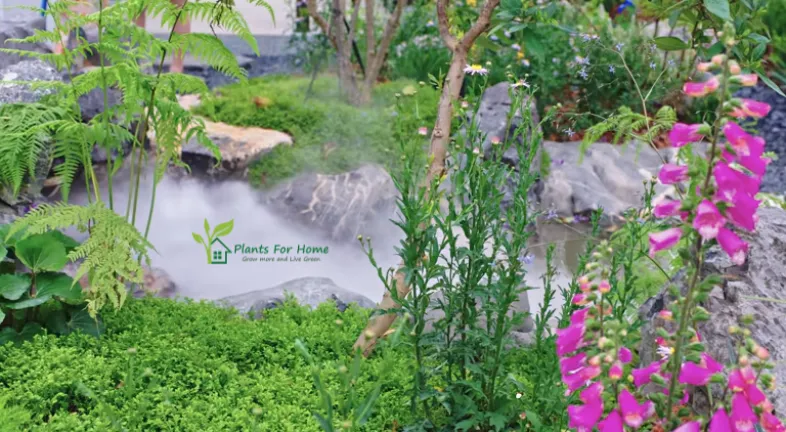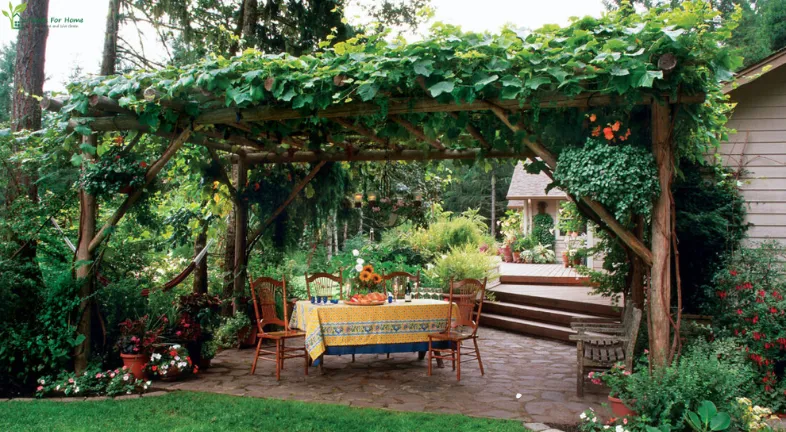
These Edible landscapes are a sustainable and aesthetically pleasing way to incorporate food-producing plants into garden design. By blending beauty with functionality henceforth one can create a landscape that not only looks good but also provides fresh produce.
1. Understanding Edible Landscaping
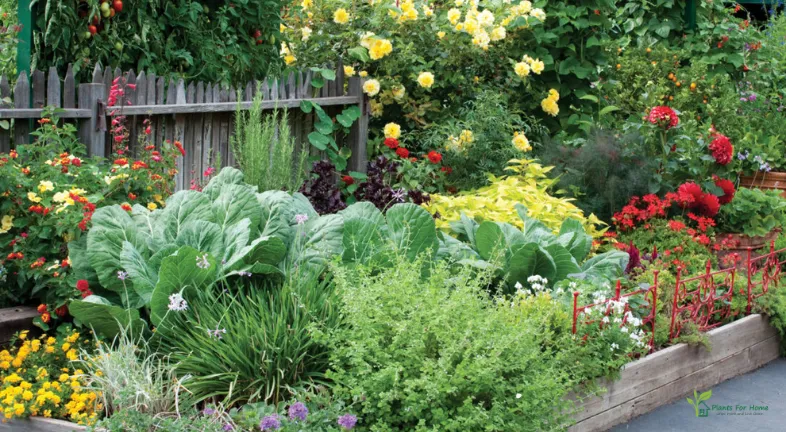
These edible landscaping combines ornamental plants with edible varieties, ,which allows for tothe growth of fruits, vegetables, herbs, and flowers in cohesive designs. In this approach, it promotes biodiversity, supports local ecosystems, and also reduces the need for store-bought produce.
2. Choosing the Right Plants
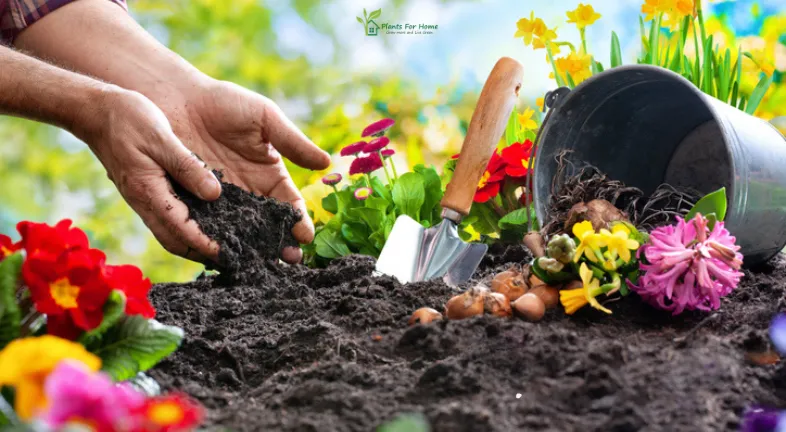
When selecting plants for your edible landscapes while consider the following categories:
- Fruits: Berries (Strawberries, Blueberries, Raspberries), Apples, Pears, and Citrus Trees can add colors and textures to these gardens.
- Vegetables: Leafy greens (kale, spinach), root vegetables (carrots, radishes), and legumes (peas, beans) can be interspersed among ornamental plants.
- Herbs: Culinary herbs (basil, rosemary, thyme) not only enhance your dishes but also attract beneficial insects.
- Edible Flowers: Incorporate flowers, For Instance, Nasturtiums, Pansies, and Calendulas, which are not only beautiful but also edible.
3. Designing Your Edible Landscapes
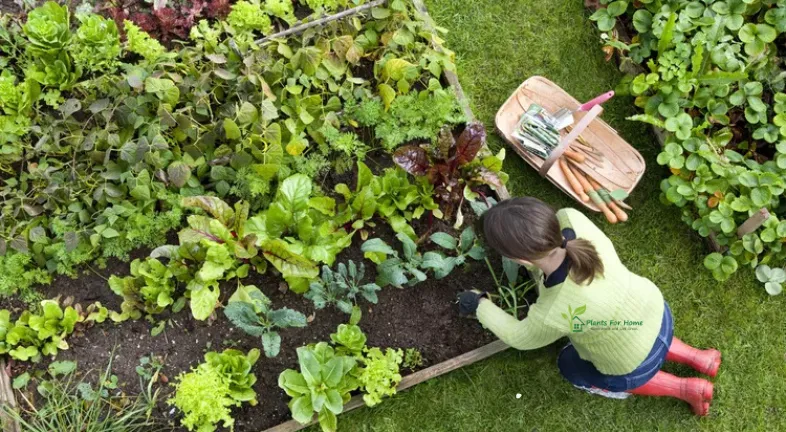
- Layering and Height Variation: Utilizing vertical spaces by incorporating trellises, arbors, and raised beds. It allows for diverse ranges of plants at different heights, creating visual interest. Climbing plants, For Instance, beans and cucumbers, may be trained to grow vertically, saving space and also adding dimension.
- Companion Planting: Companion planting, which involves growing different plants together for mutual benefits, For Instance, pest control and improved growth. For example, planting marigolds with tomatoes can deter pests, while basil can enhance the flavor of tomatoes.
- Seasonal Planting: Plan these gardens to include plants that bloom in different seasons. These ensure continuous harvests and keep your landscapes vibrant year-round. For instance, plant cool-season crops like lettuce and peas in early spring, which are followed by warm-season crops, such as eg tomatoes and peppers, in summer.
4. Incorporating these Edible Plants into Existing Landscapes
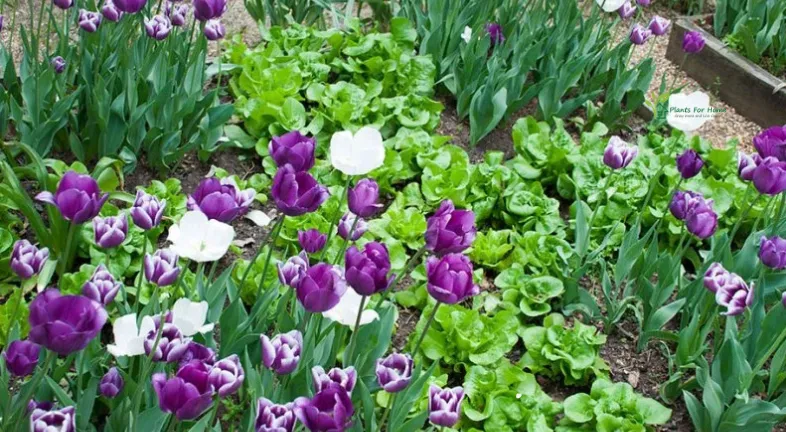
You don’t always need to start from scratch. Here are some ideas for integrating edible plants into your current landscapes are as follows
- Flower Beds: Replacing some ornamental plants with edible varieties. For instance, swap out traditional flowers for colorful Swiss chard or kale.
- Borders and Edges: Using herbs for eg, Lavender or Sage as border plants. They might provide fragrances and may be harvested for culinary uses.
- Containers: Utilizes pots and containers to grow herbs, salad greens, or dwarf fruit trees. These are especially useful for small spaces or patios.
5. Creating Functional Spaces
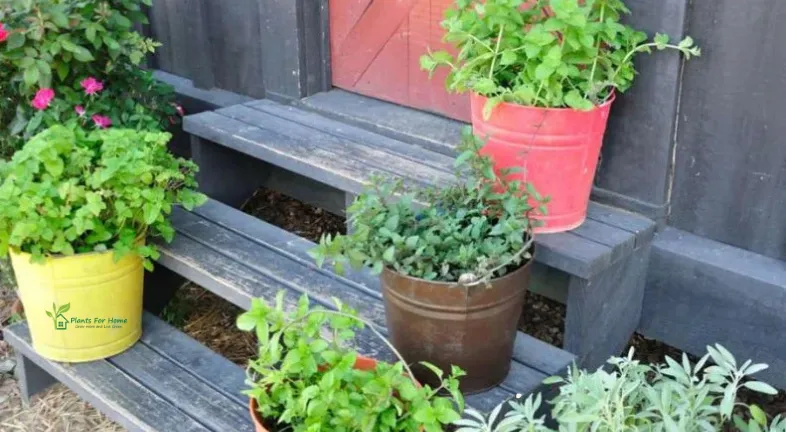
These Design areas are within your landscapes that serve specific purposes:
- Herb Spirals: Creates spiral gardens that allow for different microclimates, perfect for growing a variety of herbs.
- Vegetable Garden: Dedicate sections of your yard for vegetable gardens, also using raised beds for better soil control and drainage.
- Fruit Orchard: If space allows, then plant a small orchard with fruit trees. Considering these dwarf varieties for smaller spaces.
6. Sustainable Practices
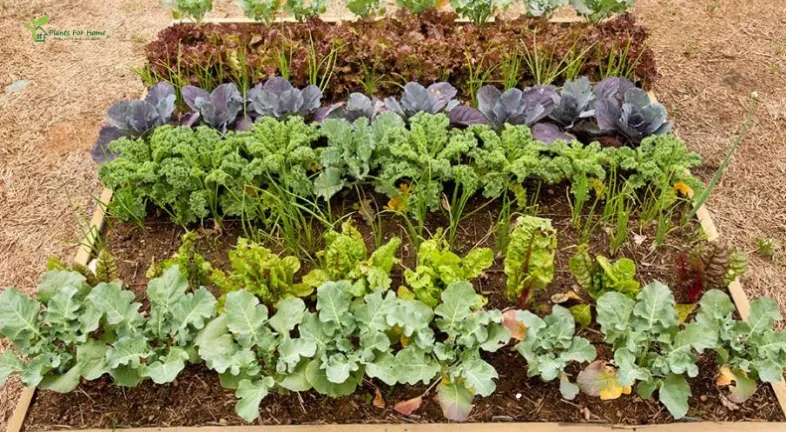
Incorporates these sustainable gardening practices to enhance your edible landscapes:
- Composting: Creates compost bins to recycle kitchen scraps and yard waste while enriching the soil naturally.
- Rainwater Harvesting: Installing rain barrels to collect rainwater for irrigation & reduced water usage.
- Organic Pest controls: Using these natural pest control methods, for eg, introducing beneficial insects or using organic sprays.
7. Aesthetic
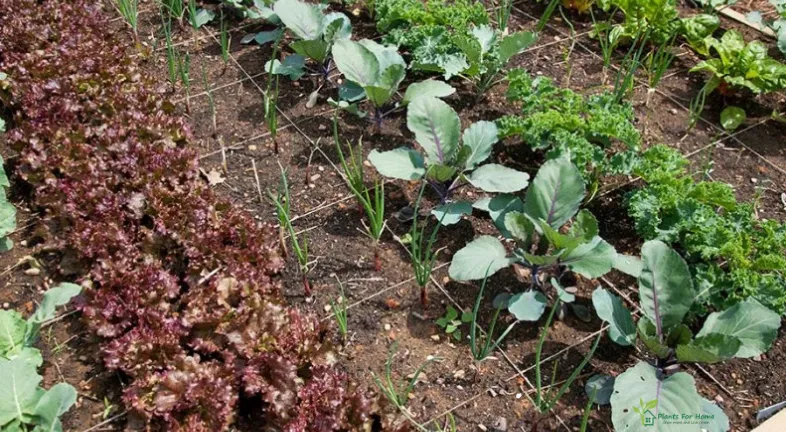
While functionality is the key where aesthetics shouldn’t be overlooked. Here are some tips to maintain beauty in your edible landscapes:
- Color and Texture: Choose the plants with varying colors and textures. Combine leafy greens with colorful fruits and flowers for visual appeal.
- Pathways and Borders: Create pathways using gravel, mulch, or stepping stones to guide visitors through your edible landscape.
- Seasonal Interests: Selecting plants that offer visual interest in different seasons. For Instance, flowering fruit trees in spring and colorful foliage in autumn.
8. Maintenance and Care
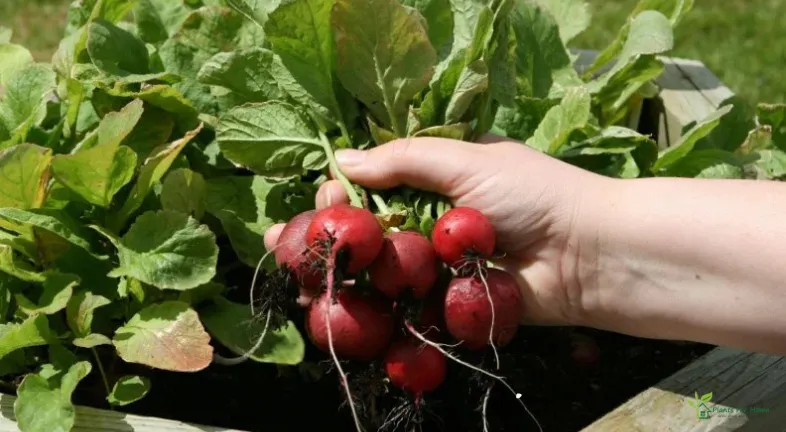
Regular maintenance is mandatory for booms in edible landscapes:
- Watering: It ensures consistent watering, especially during dry spells. Mulching might help retain moisture.
- Pruning: Regularly pruning fruit trees and shrubs to encourage healthy growth and fruit production.
- Fertilizing: Using organic fertilizers to provide necessary nutrients without harming the environment.
9. Harvesting and Enjoying Produce
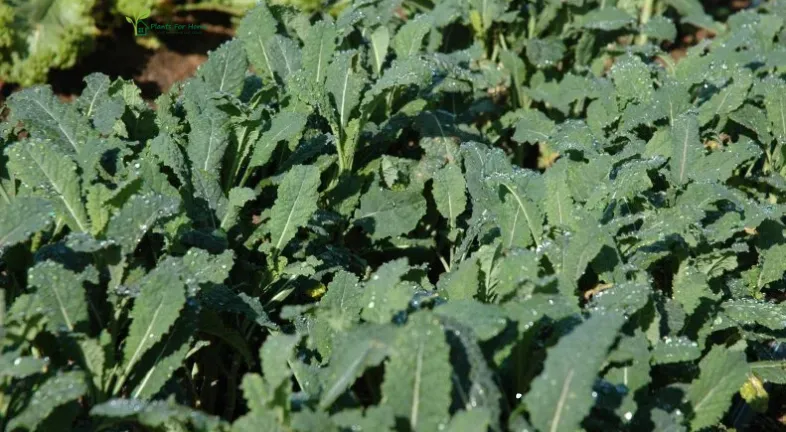
The ultimate reward of edible landscaping is the harvest. Here are some tips for enjoying your produce are as follows
- Timing: Harvesting these fruits and vegetables at their peak ripeness for the best flavors.
- Preservation: Consider preserving excess produce through canning, freezing, or drying to enjoy your harvest year-round.
- Cooking and Recipes: Experiment with these recipes that incorporate homegrown ingredients, which enhance culinary skills an,d enjoy fresh flavors.
Final Conclusions or Verdict after the deeper analysis are as follows
Edible landscaping is are rewarding attempt that combines beauty with practicality. By thoughtfully selecting plants, designing spaces, also incorporating these sustainable practices that you can create vibrant landscapes henceforth provide fresh produce while enhancing your outdoor environments. Embracing the joys of growing your food and enjoying the many benefits of edible landscapes.By utilizing ideas and keywords, For Instance, Edible landscaping, Sustainable gardening,
Companion planting, Organic Pest Control[“Organic pest Control “is a method of managing pests without using synthetic chemicals or Pesticides which relies instead on natural methods, For Instance, biological control, cultural practices, and physical barriers. It prioritizes sustainability, environmental health, and minimizing human health risk, too. Seasonal Planting,
Vertical Gardening, Herb Spiral, Fruit Orchard, Container Gardening, and Aesthetic gardening, so that you can create a booming edible landscape that is both functional and beautiful. This will be helpful.
Read more :- Fire-resistant Gardening






